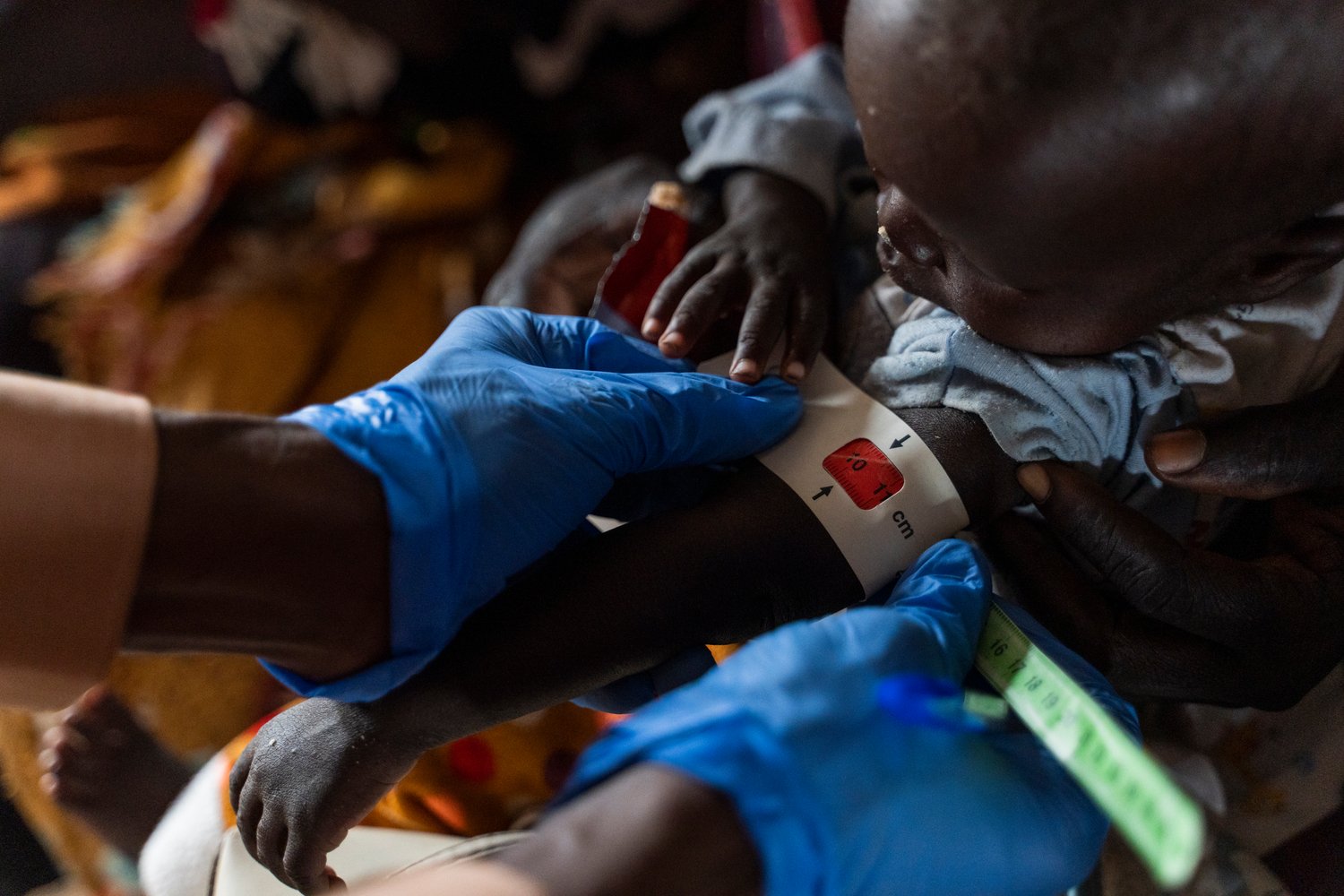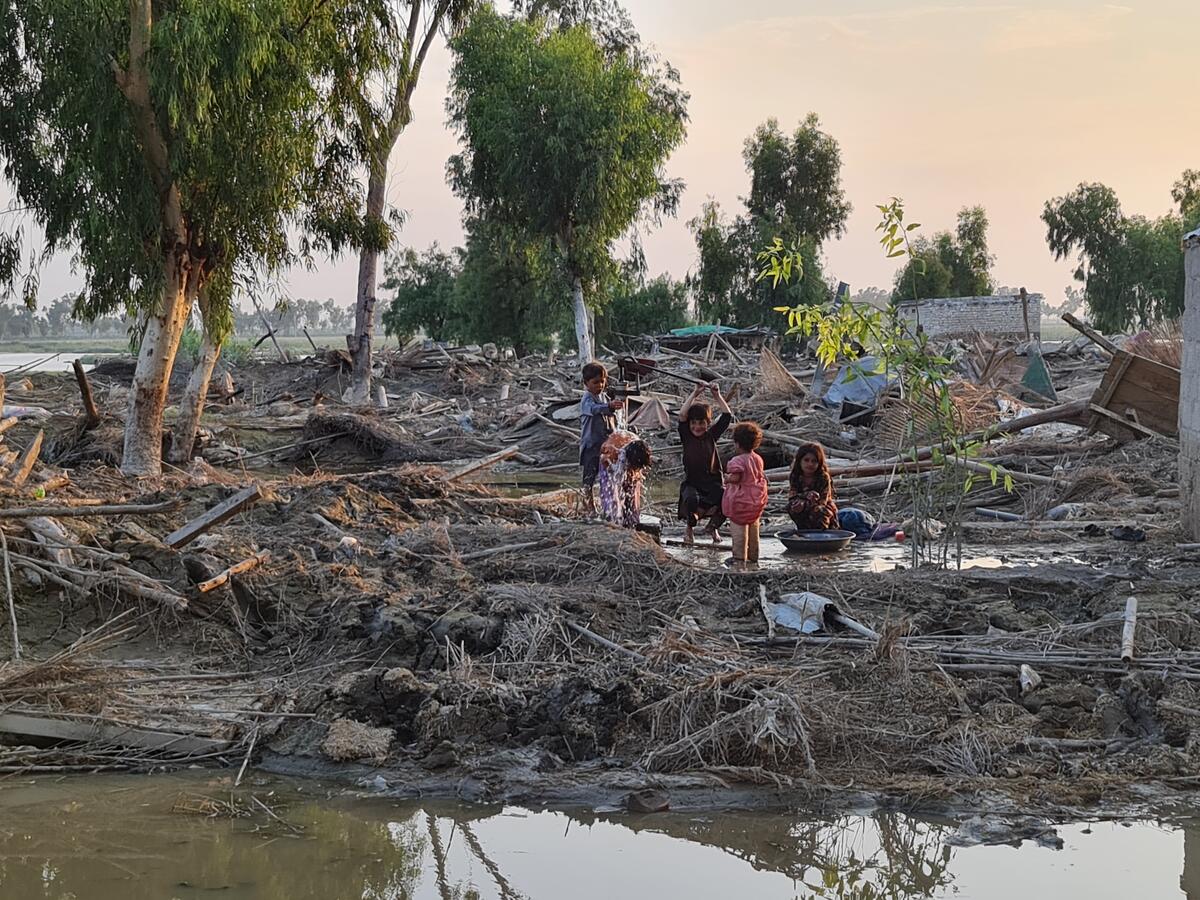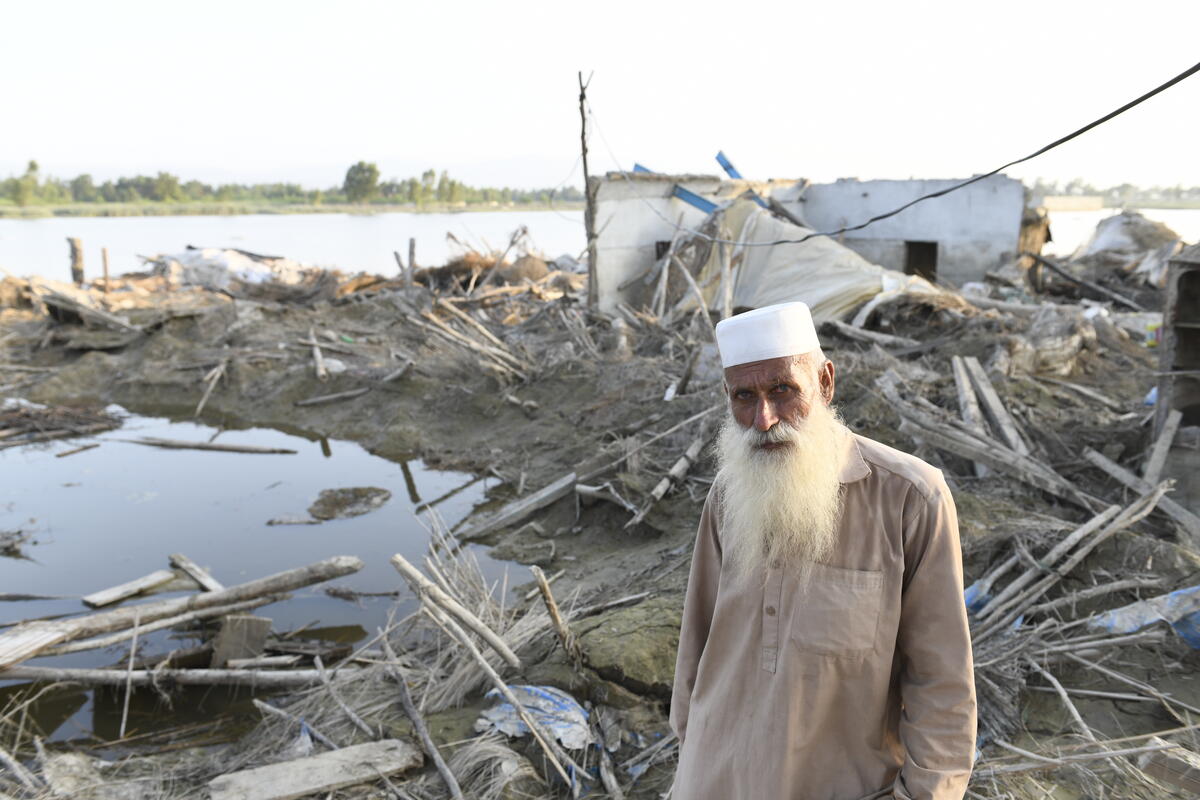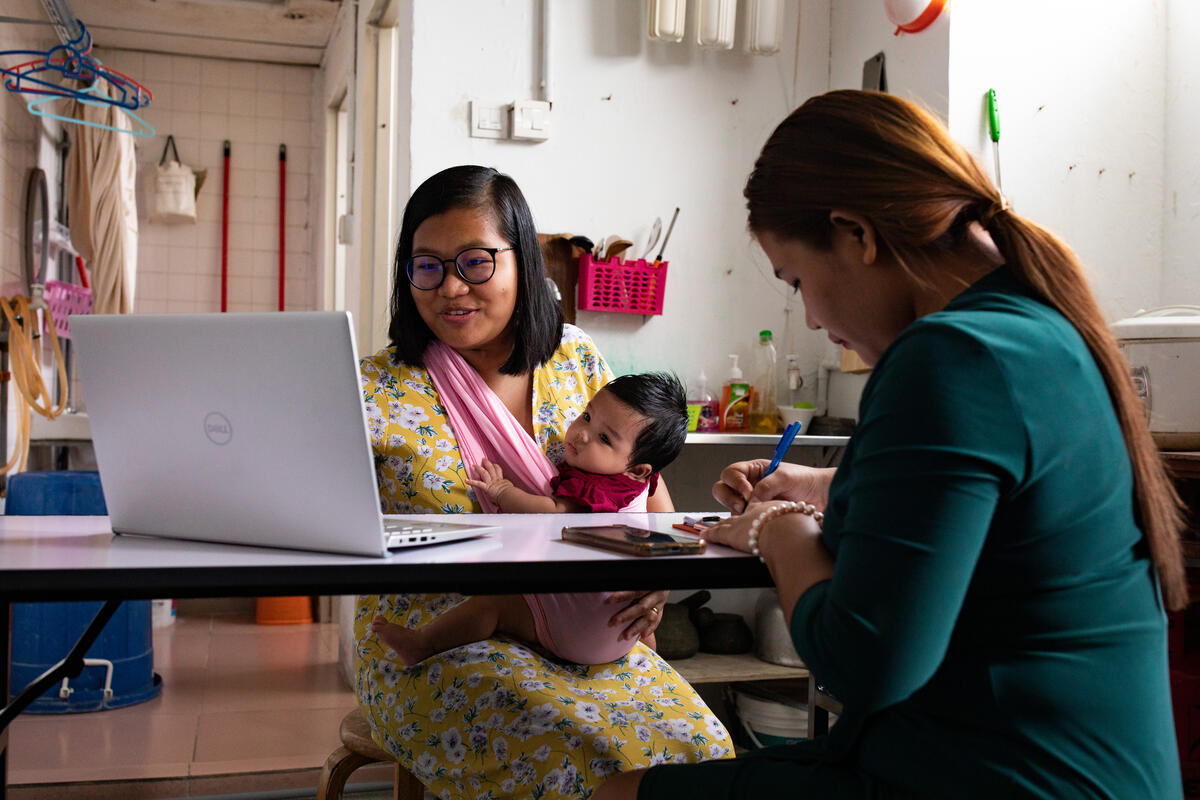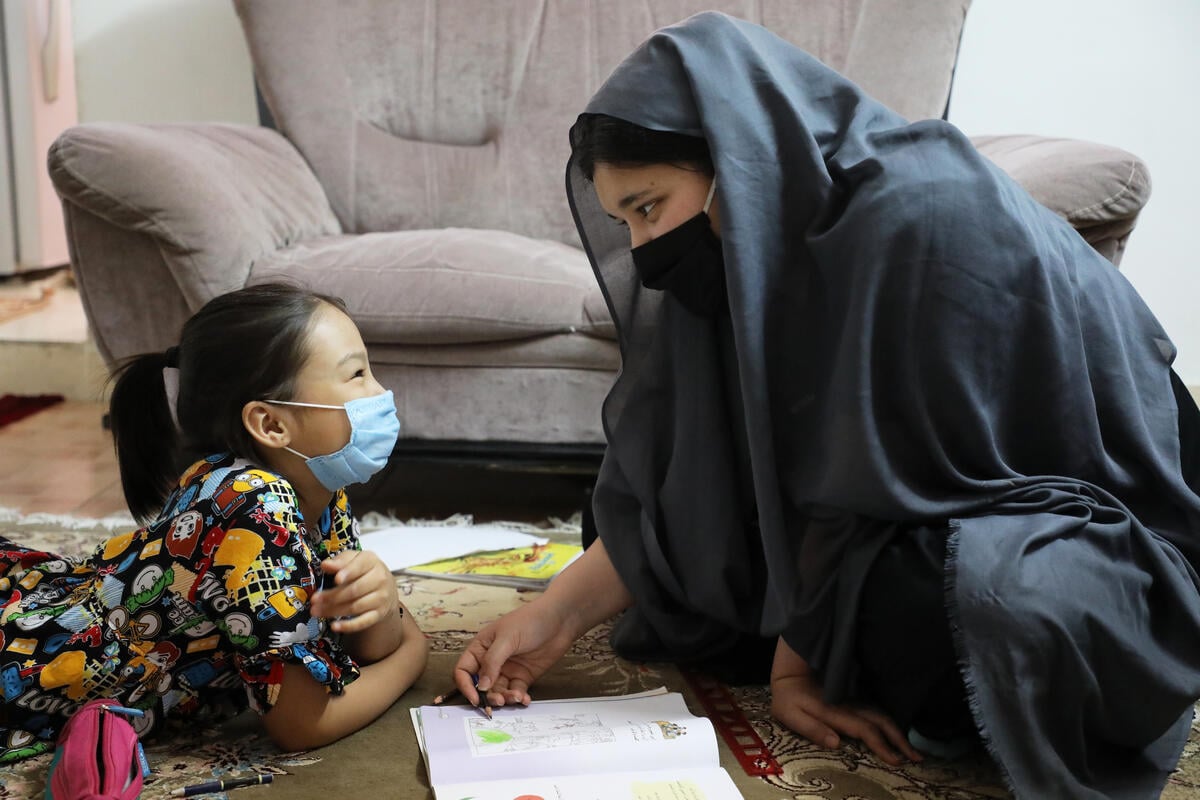Rescue on Lake Tanganyika

Rescue on Lake Tanganyika
Kagunga is a small Tanzanian village close to the border with Burundi. Wedged between a steep mountain range and the waters of Lake Tanganyika, it has little access to other parts of Tanzania except by boat. And so, almost overnight, this sleepy fishing community has become the focal point of a humanitarian crisis.
Local immigration authorities report that 47,000 Burundian refugees have arrived here in recent weeks. As conditions grew increasingly crowded, some began falling ill with acute watery diarrhoea and cholera, setting in motion a round-the-clock boatlift to help them reach safety.
On 3 May UNHCR began chartering the MV Liemba to transport the refugees to Kigoma, where there is better access to health care, shelter and other urgent needs. Yet the ferry can only carry 600 people at the time, and each round trip takes a full 10 hours. Since the operation started, the ferry has been running back and forth between Kagunga and Kigoma day and night. On 26 May, the last of some 29,000 refugees were taken to Kigoma, before continuing onwards by land to Nyarugusu refugee camp.
These are the stories of four people leading the boatlift – and one among the many thousands who are benefitting from it.

The Captain
Captain Titus Benjamin started working on the MV Liemba 20 years ago. While still at maritime college, he served as a cadet for three years aboard the 71-metre-long vessel. After further training, he returned as first mate and ultimately was appointed captain in 2002. While working the helm of the weathered ship, which first set sail in 1915, Captain Benjamin tells me how his job has repeatedly entailed assisting refugees around Lake Tanganyika.
"In 2007, I was first mate when we did the repatriation to DRC," he says, referring to the Democratic Republic of the Congo, which also borders the lake. "We were ferrying many refugees from Kigoma to DRC for three years. I also did the repatriation from Zambia to Moba and Kalemie in DRC in 2011. It took one year. Now these refugees are fleeing. The previous ones were going home. This is the first time we take those fleeing."
Since the boatlift began on 3 May, Captain Benjamin has accompanied every voyage, day and night. "My home is here" on the ship, he says. Although he has a house and family in Kigoma, he has barely seen them since he started relocating the Burundian refugees three weeks ago. "I rush there when they are uploading the refugees and their luggage," he says, "and then I come back here for the next rotation."
Captain Benjamin doesn't know how much longer it will take to relocate the rest of the refugees, but he is committed to getting the job done and bringing every last one to safety. "I feel good helping people," he says. "I feel proud."

The Coordinator
Michael Kiimbila usually works for UNHCR as a Field Safety Associate in Kasulu, in North-west Tanzania. When the influx of Burundian refugees started, he and many other colleagues working in Tanzania were called upon to help with the emergency. As the first aid worker to reach Kagunga, he assessed the situation and made recommendations for the humanitarian response. He was then tasked with coordinating the relocation of Burundian refugees by boat from Kagunga to Kigoma. During one of these voyages, Kiimbila spoke about his work.
“No one knew that the refugee population would increase so rapidly,” he says. “The first two days, we tried to transport them using fishing boats from Kagunga to Kigoma, but because the numbers increased so rapidly, UNHCR decided to hire the Liemba.”
In Kagunga, he coordinates the work, assigns roles to colleagues, supervises the loading of the boats and determines which refugees should be prioritized. Sometimes there are unaccompanied minors, and he has to make sure their families are being traced.
"Most of the refugees have recognized that I am the one who coordinates the operation, and they approach me with problems," he says. "You listen and take decisions according to their needs."
As he speaks, the boat has nearly reached Kigoma, and the refugees are singing on the deck – thrilled that they have left Kagunga and will soon reach safer shores.
"When the ship moves from there to Kigoma, you feel happy that you have saved lives," Kiimbila says. "I don't feel tired because I am happy to have saved lives, even if I've been working day and night for three weeks. I sleep here on the ship."

The Medical Doctor
As a UNHCR Senior Public Health Officer, Dr. Kahindo Maina is frequently deployed to coordinate the medical response during humanitarian emergencies. Since arriving in western Tanzania earlier this month, he's been dividing his time between Kagunga; the ferry MV Liemba; Kigoma stadium, which has been converted into a refugee reception centre; and Nyarugusu camp, where refugees are being relocated. He alternates shifts with another doctor to make sure there's sufficient medical care on each voyage. Over the past few weeks, many refugees have been suffering from acute watery diarrhoea, and more than 4,400 cases of cholera have been confirmed. In the ship's infirmary, he tells me about the medical situation.
"We are prioritizing the transfer of sick refugees to Kigoma and to Nyarugusu refugee camp, where we have better facilities – especially in terms of infrastructure and water and sanitation," Dr. Maina says. Because it's critical to rehydrate patients during first two days of cholera, he administers oral and intravenous fluids aboard the ship.
Dr. Maina says UNHCR was quick to send health support to Kagunga. He came right away, and is now one of three UNHCR health officers coordinating the medical response. Working closely with the Government of Tanzania, UNHCR and its partners have brought in medical supplies, built latrines, provided soap and worked to raise awareness about hygiene. (The cholera outbreak has claimed 30 lives, but there have been no new deaths since 21 May, suggesting that the response is proving effective.)
"I have the hope that we will save many lives – bring them to the right place and treat them," he says. "What is helping us is that the number of refugees arriving is going down. We are starting to control the spread."

The Water and Sanitation Expert
Andres Devanthery is a specialist deployed by the Swiss Government to support UNHCR's work relating to water and sanitation. After the recent influx of Burundian refugees to Tanzania, he was sent to Kigoma and has been to Kagunga nearly every day. I find him on the deck of the MV Liemba, where he sits typing on his laptop, writing up his daily observations and recommendations.
"In Kagunga, we found over 40,000 refugees with no water," Devanthery says. "Sanitation was not there, and hygiene promotion was a problem."
He says Kagunga is one of the worst situations he's ever seen. When he arrived, there was just one local NGO – Tanzania Water and Environmental Sanitation, or TWESA – working on access to water and sanitation. They were doing a great job, Devanthery says, but were under-staffed and needed support. UNHCR jumped in to support TWESA and provide supplies.
"We improved the quality and quantity of water," Devanthery says. "We dug latrines. Now we have reached eight litres per person per day, which is acceptable in an emergency. But we now have to focus more on sanitation. We have dug 111 latrines, but the big gap is hygiene promotion. People are eating on the floor with faeces around. People are crowded in a small area. They did not want to spread out because they were panicking and fearing that they would miss the boat."
There are no longer new cases of acute watery diarrhoea at Kagunga, but Devanthery says the transfer of refugees will continue until all of them have been evacuated.
"We also have to be prepared in case of a possible new influx," he adds. "We also have to do something for the host community there. We have to assess the spring in the village. We will see if we can improve their water tank and sanitation on the ground."

The Great-Grandmother
Eighty-year-old Sindatuma Elizabeth sits on the deck of the MV Liemba with her daughter, granddaughter and great-grandchildren. She fled her home in Makamba, Burundi, three weeks earlier and walked for 12 hours to reach Kagunga. She is now a refugee for the fourth time in her life.
"It's sad to flee at this age," Elizabeth tells me. "It was difficult on the way. I was weak. Sometimes they had to hide me somewhere so I could rest. Because I am old and I have problems with my knees, we had to go more slowly than the others. It took us a whole day. We left at 1 a.m. and arrived in Kagunga at 1 p.m., because I walk slowly. We left early because we did not want to be seen."
Elizabeth and her family fled with just a few pieces of clothing tied to their backs. "Were we in a position to carry luggage?" she asks rhetorically. "We did not even take food. We did not even find a piece of cassava to chew on the way."
The first time she fled to Tanzania was in 1972, when her husband was killed. She fled again in 1993, and then in 1997, when her son-in-law was killed, and now again in 2015. "I felt fear and sad that I have to flee again. But I tried to walk as much as I could to go to safety. I don't know where I am going."
Elizabeth is happy to be finally on board the ferry to Kigoma, but she says she doesn't know what her future holds.
"What future will I have at this age?" she asks. "I expect to stay with my daughter, because she is the one who cares for me, buys food and does everything for me. I would have wished to die and be buried in Burundi, but now there is no peace. I don't think there will be peace in the few years to come. I leave everything in God's hands."

